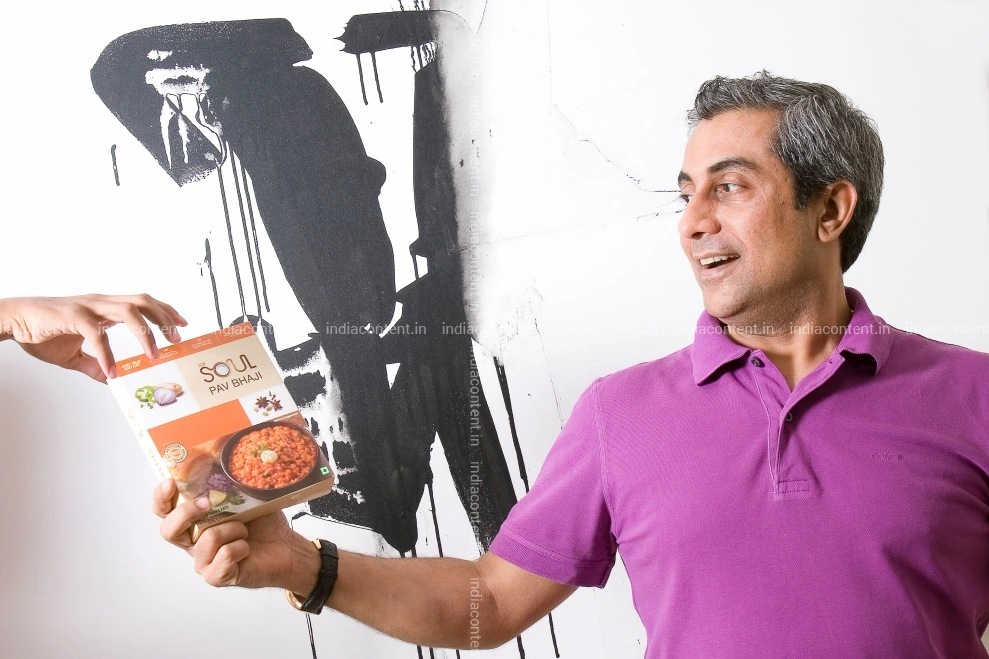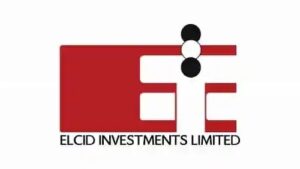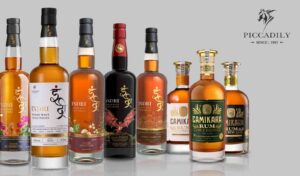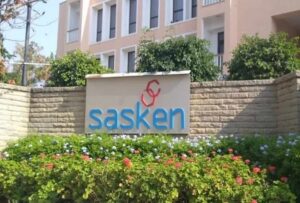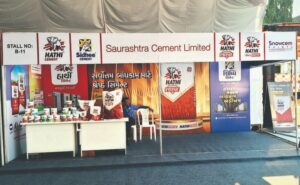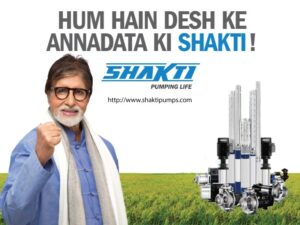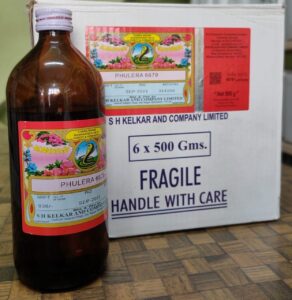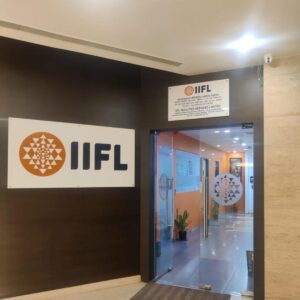From chutneys to chartbusters, ADF’s export machine adds masala to margins while keeping its debt lighter than a papad.
1. At a Glance
ADF Foods Ltd — the Mumbai-based FMCG ninja known for pickles, ready-to-eat meals, frozen kulchas, and chutneys — just served a spicy Q2 FY26 platter. The company reported consolidated revenue of ₹140.1 crore and a profit after tax (PAT) of ₹29.7 crore. That’s a strong flavor upgrade from ₹26.4 crore PAT last quarter, a zesty34.2% QoQ profit surge.
With amarket cap of ₹2,554 crore, ADF is the smallcap cousin in a family reunion of FMCG giants. Itsstock price of ₹232may not sound like much compared to Britannia’s ₹6,000+ per share, but the company’sP/E of 33.2xhints that the market still believes in its export-heavy curry dream.
Debt? A negligible ₹12 crore.That’s less than the cost of one Nestlé marketing campaign. TheROE stands at 14%,ROCE at 16.9%, and theOPM (Operating Profit Margin)dances comfortably around18%— showing it’s not just about taste, but also about tight operations.
ADF also declared an interimdividend of ₹0.60/share (30%), probably just enough to buy a jar of its own pickle. Oh, and its much-awaitedSurat greenfield facilityis now operational — another spoonful of capacity in the company’s manufacturing thali.
Feeling hungry already? Wait till we dive into the chutney bowl of numbers.
2. Introduction
Let’s be honest — the Indian FMCG universe is like a crowded thali. You’ve gotNestlé’s Maggi,Britannia’s biscuits,Haldiram’s snacks, andBikaji’s bhujiafighting for your attention. Then, in walks ADF Foods — the quiet exporter who makes your “imported” pickle taste just like Nani’s achaar.
Born decades ago, ADF has gone from humble pickle jars to 400+ SKUs across 8 global brands. Its products travel farther than most Indians’ holiday plans — reaching the US, UK, Europe, Australia, and the Gulf. While Indian FMCG players are battling for shelf space in Patna, ADF is already serving London curry enthusiasts and New York naan fans.
The company has built its empire on export-led resilience —99% of revenue comes from overseas sales.In an era when domestic inflation, rural slowdown, and soap price wars give FMCG CEOs sleepless nights, ADF sleeps soundly next to pallets of frozen samosas in New Jersey.
And while every FMCG stock wants to be “debt-free,” ADF actually did it. With a debt-to-equity ratio of0.02, it’s practically allergic to borrowing. In short — ADF runs like a Gujarati businessman’s dream: high export margins, family management, global distribution, and zero drama (well, mostly).
3. Business Model – WTF Do They Even Do?
ADF Foods doesn’t sell toothpaste or face cream. It sells nostalgia in jars — Indian flavors bottled, frozen, or canned for global consumption.
Here’s the recipe:
- Procure local ingredientsfrom across India.
- Manufacturein Nadiad, Nashik, and Surat.
- Exportvia subsidiaries in the US and UK.
- Collect dollarswhile desis abroad shed tears of homesickness over ADF’s pickles.
Itsproduct portfolioincludes everything from ready-to-eat meals to frozen parathas, sauces, and milk-based sweets. In short, anything you’d find in your mom’s kitchen — minus the emotional blackmail.
The company operates undereight brands, each targeting a specific region:
- Ashoka– The flagship NRI brand for the US, UK, and APAC markets.
- Camel– The Middle East specialist.
- Truly Indian– For Germans who think butter chicken is a religion.
- Aeroplane– Yes, they actually have a brand called that.
- ADF Soul– The domestic premium range.
- Nate’s,PJS Organics, andKhansaama– The US & UK distribution champions.
Revenue mix?
- Processed & Preserved Foods:80%
- Agency Distribution:20%
ADF has also dabbled in distributingPatanjaliproducts in the UK & Western Europe through an exclusive deal — a fascinating combo of Baba Ramdev meets British Raj.
So yeah, if globalization had a flavor, it would probably taste like ADF’s mango pickle.
4. Financials Overview
| Metric | Latest Qtr (Sep 2025) | YoY Qtr (Sep 2024) | Prev Qtr (Jun 2025) | YoY % | QoQ % |
|---|---|---|---|---|---|
| Revenue | ₹163 Cr | ₹161 Cr | ₹133 Cr | +1.2% | +22.6% |
| EBITDA | ₹36 Cr | ₹28 Cr | ₹24 Cr | +28.6% | +50.0% |
| PAT | ₹26 Cr | ₹20 Cr | ₹15 Cr | +30.0% | +73.3% |
| EPS (₹) | 2.40 | 1.79 | 1.39 | +34.1% | +72.7% |
Annualised EPS = ₹2.4 × 4 =₹9.6, implying aP/E of 24.1xon annualised earnings.
Commentary:ADF’s Q2 FY26
numbers were hotter than its peri-peri chutney. Revenue crossed ₹160 crore for the first time, driven by new product launches and a rebound in frozen foods demand. EBITDA margins spiced up to 22%, showing better cost control and premium product mix.
Question for you, dear reader — would you pay 33x earnings for a company that sells pickle jars but earns like a tech startup? Food for thought.
5. Valuation Discussion – Fair Value Range Only
Let’s apply the holy trinity:P/E,EV/EBITDA, and a basicDCFsprinkle.
a) P/E Method:Current EPS (TTM): ₹7.0Industry P/E: 57.5xADF P/E: 33.2xFair P/E range (for export-led FMCG): 28x–38x
Fair Value Range (₹7 × 28–38) =₹196 – ₹266 per share
b) EV/EBITDA Method:EV = ₹2,481 CrEBITDA (TTM) = ₹124 CrEV/EBITDA = 19.9xComparable FMCG peers trade between 20x–30x.Fair Range (₹2,481 × 20/19.9 to 30/19.9) =₹2,500 – ₹3,750 Cr EVOn equity basis → ₹220 – ₹330/share
c) DCF Method (simplified):Assume 10% CAGR growth for 5 years, discount rate 10%, terminal growth 3%.Intrinsic range comes to around₹210–₹260/share.
✅Fair Value Range:₹200 – ₹270/share
Disclaimer: This fair value range is for educational purposes only and is not investment advice.
6. What’s Cooking – News, Triggers, Drama
ADF’s latest quarter wasn’t just about profits — it was aboutplot twistsworthy of a Bollywood script:
- Surat Greenfield Facility:Finally operational in H2 FY26. Expected to add10,000 MTPAof production capacity. Think of it as ADF’s new “pickle palace.”
- Interim Dividend:₹0.60/share declared on November 7, 2025. Because every good quarter deserves a sweet ending.
- GPCB Plant Closure (April 2025):Two facilities were temporarily shut for pollution concerns — a spicy scandal in the middle of expansion. The company later resumed after compliance fixes.
- Subsidiary Investments:₹9 crore infusion planned in FY26 for brand building and working capital.
- Acquisitions:Completed full ownership ofVibrant Foods(its US distributor) and increased stake inTelluric Foods, its e-commerce arm.
- COO Resignation (2024):Devang Gandhi exited the company. Probably couldn’t handle all that chutney heat.
From factory closures to dividend
